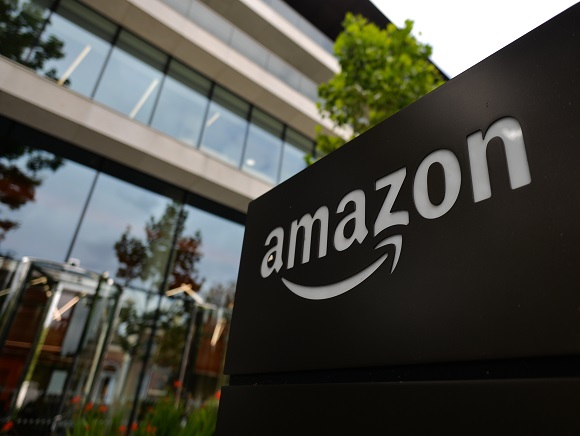The COVID-19 health crisis could have been a lot worse for the public than it was in the early days, at least from a consumer’s point of view. As cities and states shut down stores or imposed capacity limits, it would have been immensely challenging for households to purchase essential and non-essential goods and services without the presence of e-commerce, especially Amazon and Walmart. Now that the country is moving past the coronavirus pandemic, it is back to business for corporate America, and companies are approving new experiments and testing different markets. The latest? Amazon is ostensibly looking into creating the department store experience in two American states.
Amazon Lays the Bricks and Mortar
Amazon is planning to launch enormous retail locations that resemble department stores. According to The Wall Street Journal, sources close to the situation say that the online shopping heavyweight will open its first couple of physical outlets in California and Ohio, using approximately 30,000 square feet.
The newspaper noted that Amazon storefronts would sell more apparel and technology products. The world’s most valuable brand has reportedly been in talks with many U.S. apparel makers, but it remains unclear which labels would be stocked. Instead, it is more than likely that Amazon would be selling its own private-label goods.
Former CEO Jeff Bezos had previously delved into the physical retail landscape by acquiring Whole Foods and opening cashier-free book shops, supermarkets, and convenience stores. For years, it has also been speculated that the corporate juggernaut would be setting up discount stores that specialize in home goods and electronics. Poonam Goyal, a Bloomberg Intelligence senior retail industry analyst, remarked that this is positive news for the company to expand its “reach” and improve logistics:
“The move makes sense. It’ll extend Amazon’s reach beyond Amazon Go, Whole Foods and Kohl’s while also opening up more distribution points. At 30,000 square feet, the locations will be more appealing than traditional on-mall department stores that are three times bigger. Off-mall strip centers could be sought, given their better traffic profile.”
But some contend that Amazon should forget about erecting new stores and opt to acquire Kohl’s locations across various parts of the United States. Jan Rogers Kniffen, a former retail executive and JRK Worldwide Enterprise founder, told Yahoo Finance Live that it would get its hands on approximately a thousand 25,000-square-foot stores immediately and “put anything they want into them.” Indeed, this has not been out of the realm of possibility, as reports last summer suggested Amazon had been mulling over the purchase of J.C. Penney’s headquarters in Plano, TX, following its bankruptcy.
Whatever the case may be, should Amazon begin to lay the foundation for an actual store, will this lead to fresh consequences for consumers’ local Target or Best Buy?

Another Nail in Retail’s Coffin?
It is no secret that Amazon has contributed to the significant decline of the brick-and-mortar retail realm. Whether it is the mom-and-pop shop in the downtown core or the shopping malls outside of the city centers, retail trade has dramatically shifted over the last 20 years – for better or worse. This is why the news of a physical Amazon store sent shares of the big-box retailers lower, including Bed Bath & Beyond, Best Buy, and Target. The retailpocalypse has turned a noticeable number of shopping destinations into zombie malls. Time will tell if the aftermath of the coronavirus pandemic will alter consumer trends and send shoppers back into these stores for human contact and an excuse to get out of their house-turned-office-turned-gym-turned-restaurant.
Until then, this is Amazon’s world, and everyone is merely living in it. People might think they are munificent by visiting the shop around the corner, but everyone eventually falls for the coquettish mistress known as Prime. The public cannot ignore a good deal in an environment of soaring inflation.
~
Read more from Andrew Moran.





